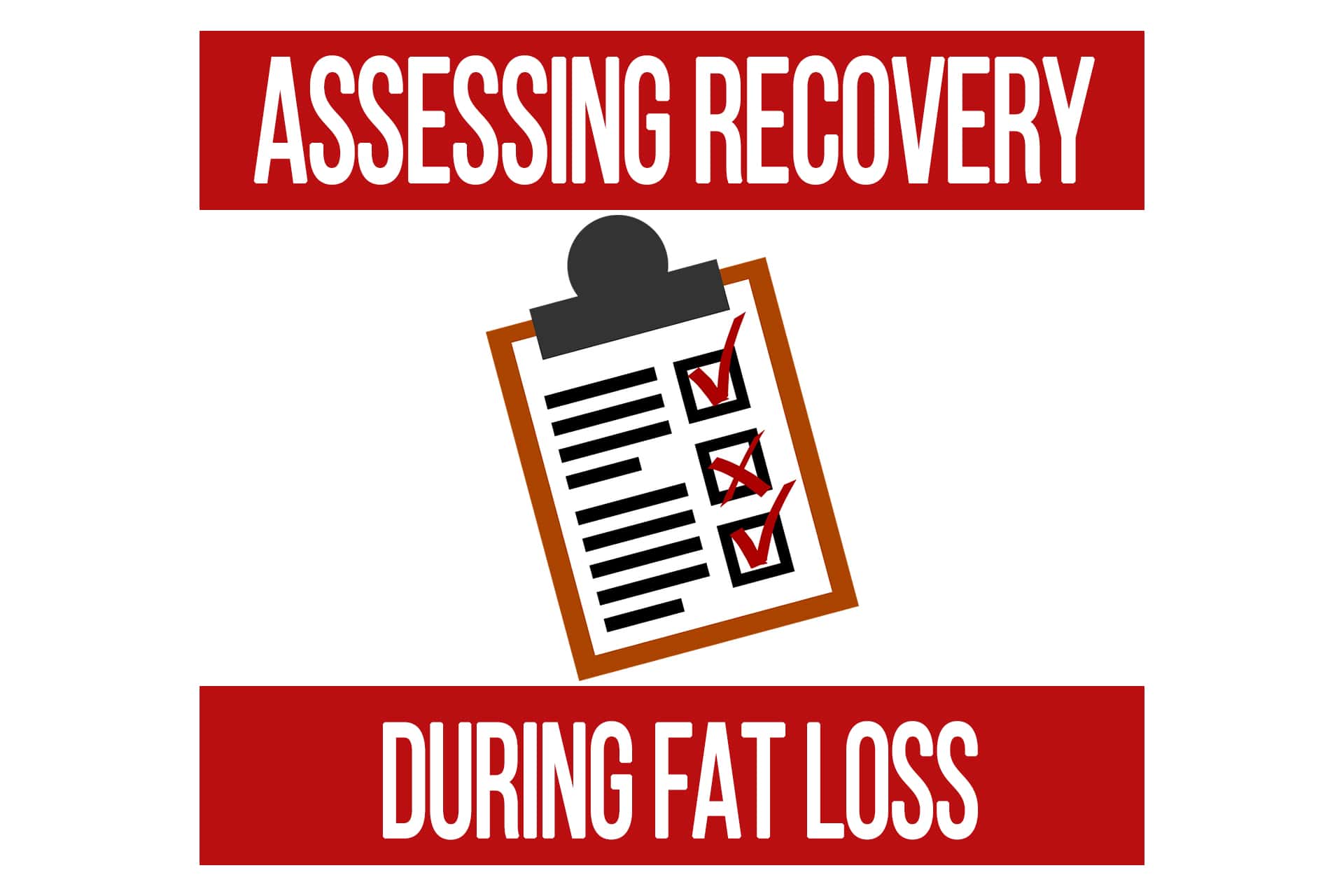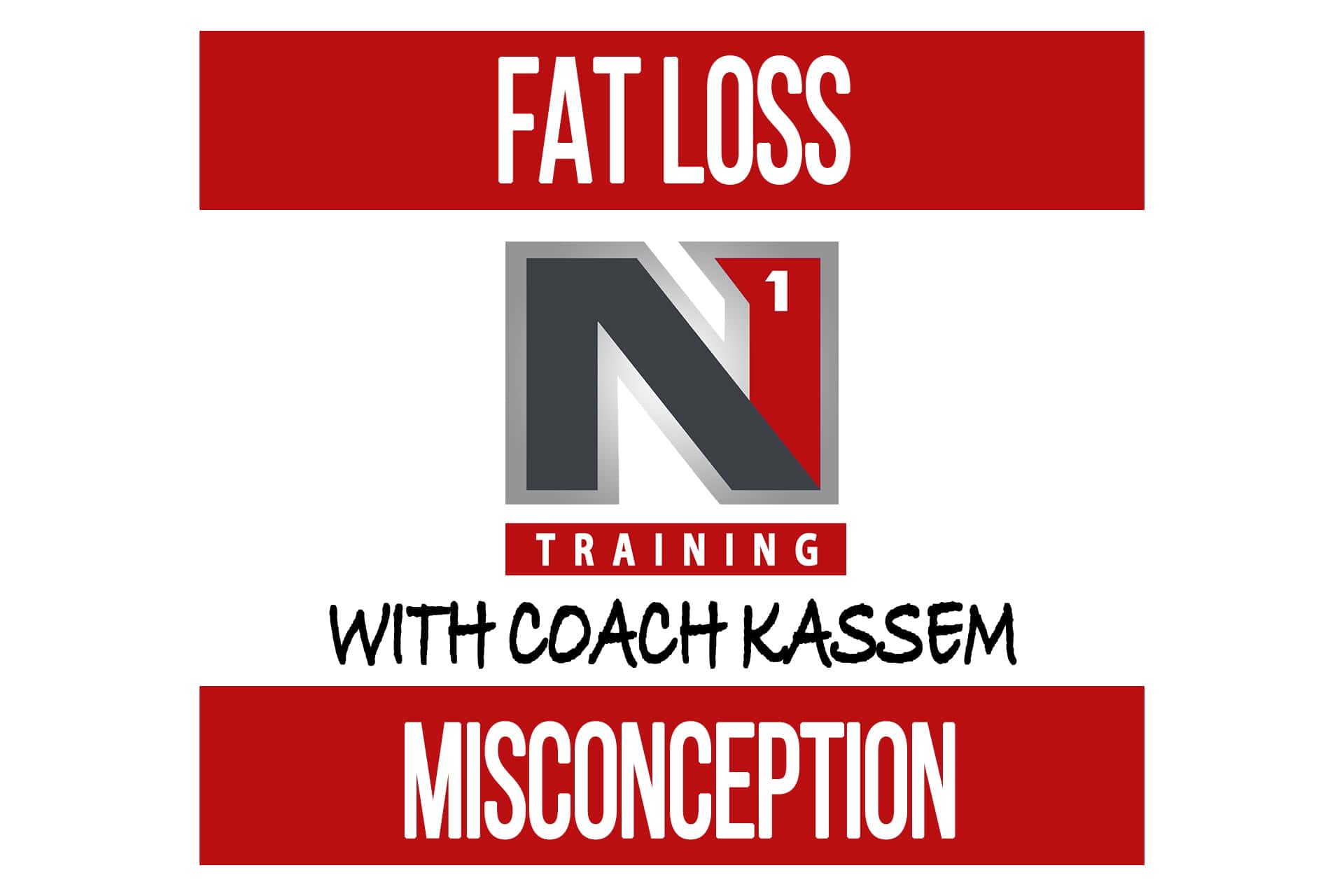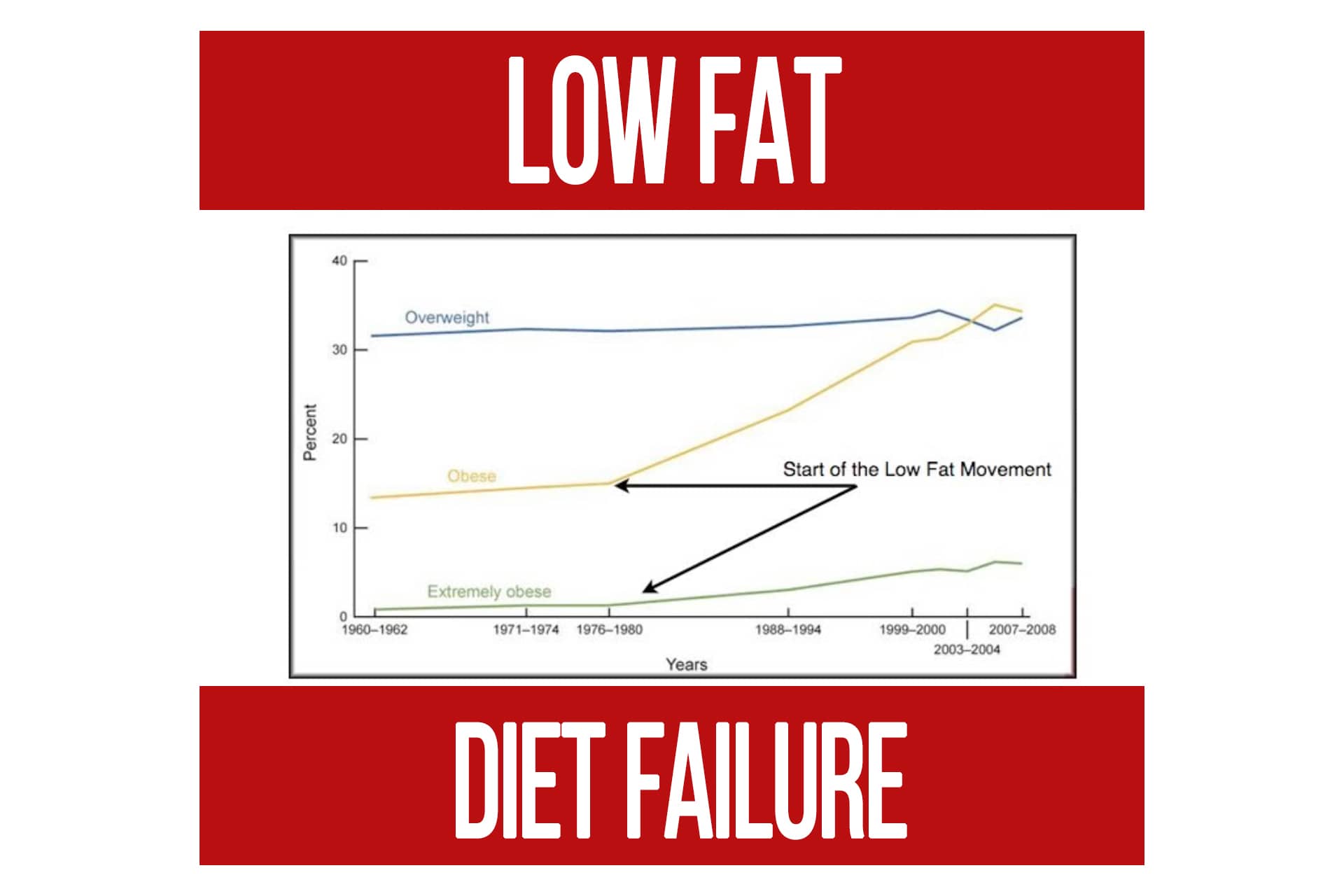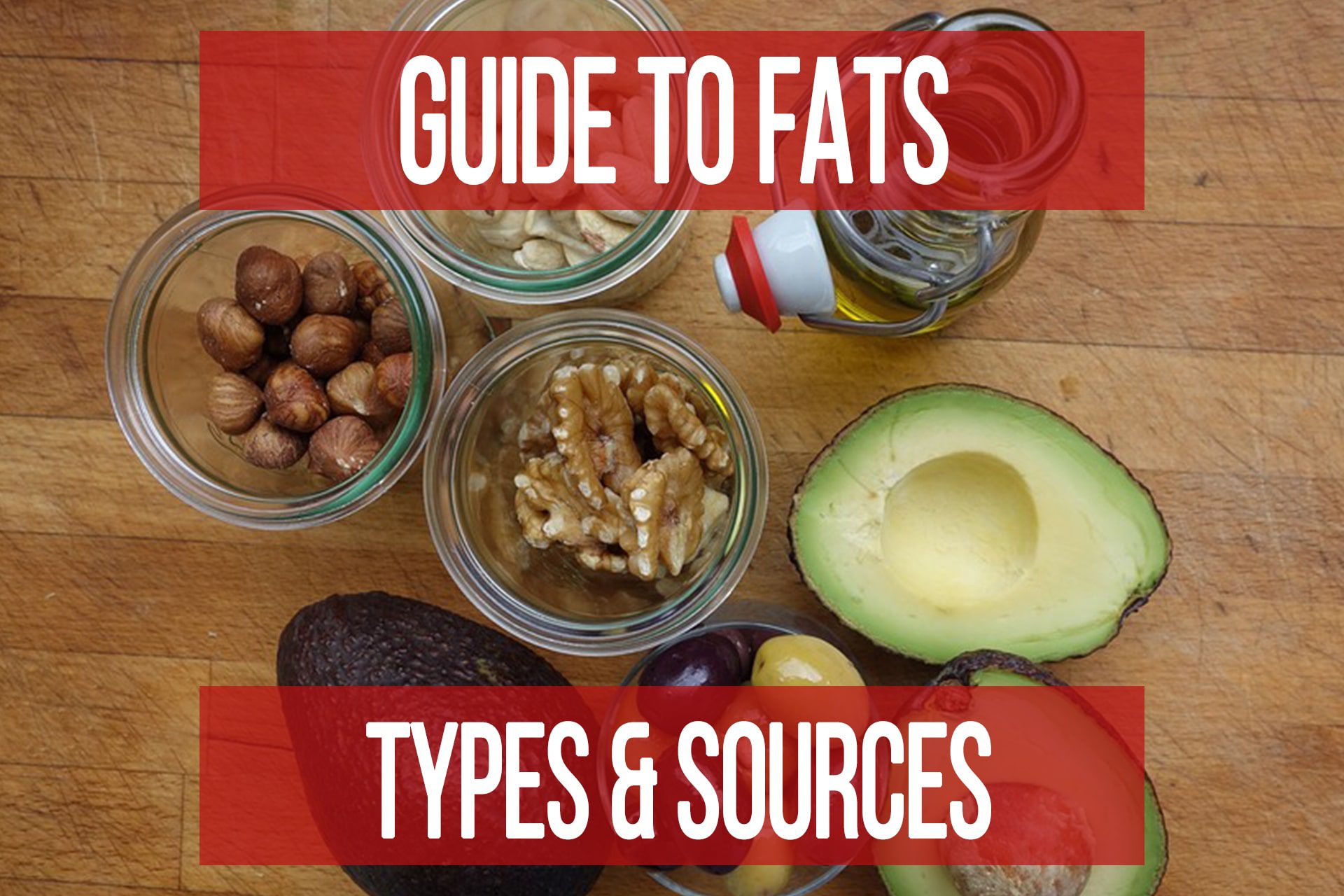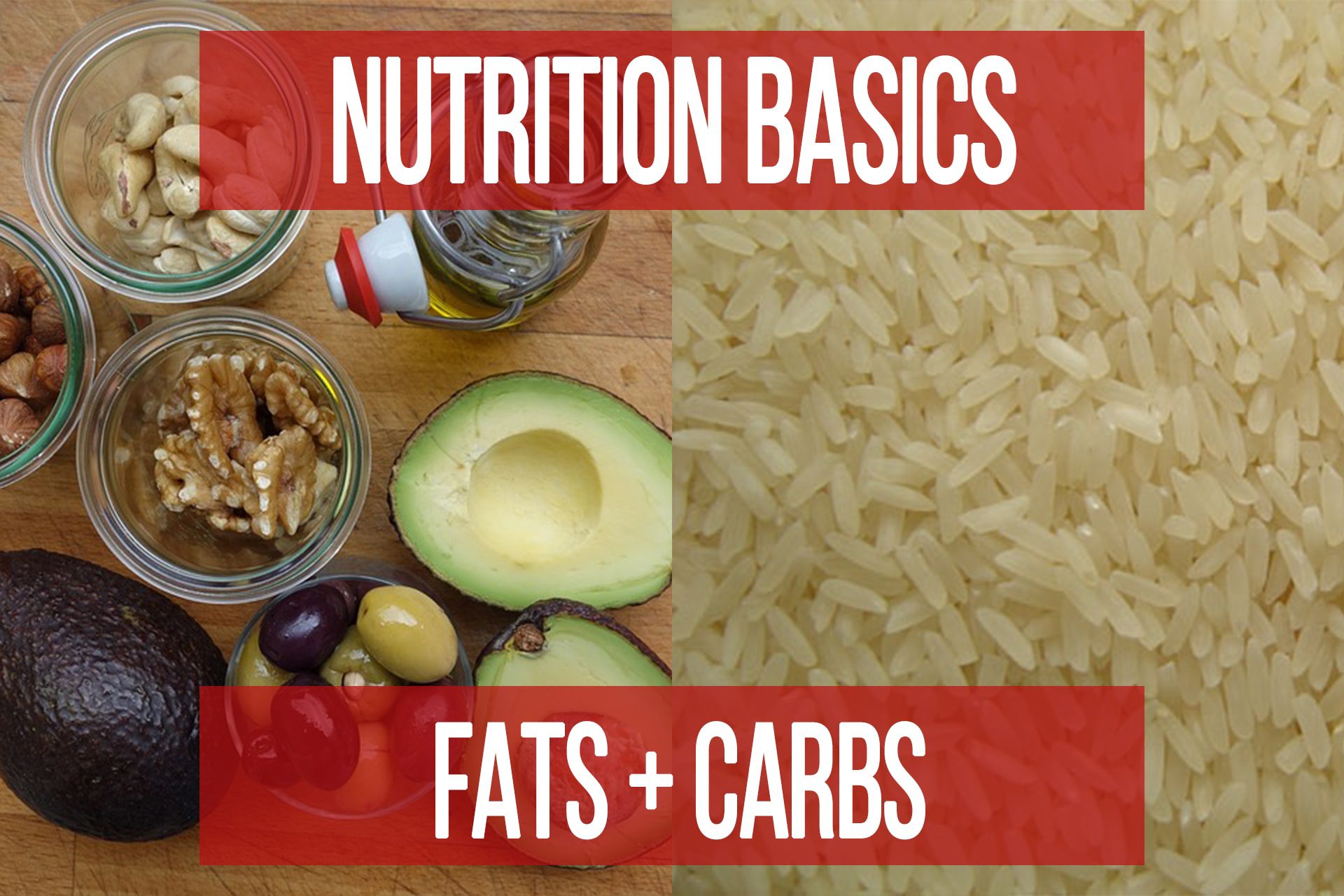Low Fat Diet Failure Part 2
n1 training
It’s important that you understand how to use fats. Proper utilization of fats in your diet can increase energy, decrease stress and cravings, and even help you lose body fat while improving the taste of your food. There is more to fats than just eating the good ones and avoiding the bad though.
When cooking fats, it’s important that you keep your fats stable. Cooking oils and meats at high heat actually causes changes in the fats. When oils are repeatedly reused, or heated above their smoke point, they may build up toxic compounds or release them into the air. Many oils and sources of fats also contain powerful antioxidants that can be destroyed by heat or denature over time. It is easy to tell whether a cooking oil has been heated above its smoke point because it starts to smoke and produce an unpleasant odor. It’s best to use the lowest heat needed because damage can occur below the smoke point and you can lose some of those other beneficial nutrients at lower temperatures as well.
| Oil | Saturated | Monounsaturated | Polyunsaturated | Smoke point |
| Almond | 8% | 66% | 26% | 221 °C (430 °F) |
| Avocado | 12% | 74% | 14% | 271 °C (520 °F) |
| Butter | 66% | 30% | 4% | 150 °C (302 °F) |
| Coconut oil | 92% | 6% | 2% | 177 °C (351 °F) |
| Lard | 41% | 47% | 2% | 138–201 °C (280–394 °F)[32] |
| Mustard oil | 13% | 60% | 21% | 254 °C (489 °F) |
| Olive oil (extra virgin) | 14% | 73% | 11% | 190 °C (374 °F) |
| Olive oil (virgin) | 14% | 73% | 11% | 215 °C (419 °F) |
| Palm oil | 52% | 38% | 10% | 230 °C (446 °F) |
| Peanut oil | 18% | 49% | 33% | 231 °C (448 °F) |
| Rice bran oil | 20% | 47% | 33% | 254 °C (489 °F) |
| Soybean oil | 15% | 24% | 61% | 241 °C (466 °F) |
| Sunflower oil (high oleic)[34] |
9% | 82% | 9% | |
| Sunflower oil (linoleic) | 11% | 20% | 69% | 246 °C (475 °F) |
| Walnut (Semi-refined) | 9% | 23% | 63% | 204 °C (399 °F)[35] |
I personally do all my cooking on low heat using an enamel coated cast iron skillet. Cooking slower also preserves more nutrients in the food and the natural flavors. Some of you may be aware of the negative effects of overheating certain foods like red meats. Cooking at low temperature ultimately reduces the risk of creating bad elements, and increases the natural nutrients of the food you will be ingesting.
How and where your fats are stored is also important. Some fats are more stable at room temperature while others are best preserved in a refrigerator or cooler conditions. For oils, the typical place is above the oven or on the counter for most people. These are two of the worst places because they get warm, and the counter is exposed to light which can damage the antioxidants in the fats. A cool pantry or the fridge is a better option for most oils.
What should I eat with my fats?
The best things to have with fats in your diet are high fiber vegetables and protein. Fiber is crucial so that some of the fats make it to the colon where they can be digested by the beneficial flora in the lower digestive tract. The byproduct of this later digestion is short chain fatty acids, which increase insulin sensitivity and help reduce cardiovascular risk. Eating fiber with your fats is a great way to use fat to get lean.
Avoid eating fats with high carb foods. Fat plus insulin is not the best for staying lean. The reason for fats negative rap is the common association of high fat and high sugar foods. If you think about it, here are no natural food sources where there are high amounts of fat and carbohydrates. Our system does not deal with fats and insulin at the same time very well. The nice thing about fats though, is because they improve the flavor and sustenance of your meals, you should find yourself craving fewer and fewer carbohydrates.
How to use fats for better results in changing your body composition and improving your health
A good place to start is the meat and nut breakfast recommended by legendary strength coach Charles Poliquin. In summary, starting your day with protein and healthy fats primes your neurotransmitters and metabolism for the day. Most people think they need carbohydrates in the morning for energy. Increasing insulin in the morning from a high carb breakfast will often result in a crash about 2-3 hours later. Eating a meat and nut breakfast not only helps you avoid the crash but it fuels the brain for focus and drive.
When it comes to losing body fat, the two most important fats are probably CLA and Omega-3s. Taking Omega-3′s decreases inflammation and improves insulin sensitivity. In layman’s terms, omega 3′s turn on your fat burning genes and turn off your fat storing genes. CLA is a healthy saturated fat that can help with cortisol and insulin modulation. It is most notably known for being helpful with reducing abdominal fat. In terms of consumption, omega-3′s are best taken in the form of a quality supplement that is clear of heavy metals and toxic solvents. While eating fish can provide omega-3′s, the dosage for changes in body composition are usually quite high to get from diet alone, and because of pollution, eating a lot of fish presents toxicity problems over time. CLA is best consumed in whole food forms like grass fed beef and organic butter. Additional supplementation is OK but research has shown superiority of CLA in the diet vs most supplements. There are several versions of CLA found in supplements and only 2 forms are known to be effective. The majority of commercial supplements use an inactive form of CLA.
Despite the great benefits these supplements have, it’s important to note that taking them will not counter the effect of a poor diet. You must also work at reducing sources of inflammation by following an intelligent diet. You can’t put out a flame if you keep adding fuel to the fire.
Other ways to improve use fats for improving your health
- Eat more monounsaturated fats for optimal testosterone levels
- Eat more saturated fats to be more anabolic
- Eat more fats high in omega 3′s for brain health and function
- Eat more monounsaturated fats and omega-3′s for heart and cardiovascular health
- Eat more omega-3s to reduce inflammation and triglycerides
- Eat more CLA and DHA to improve HDL
- Use coconut oil for intestinal health
- Use more fats when taking out carbs to curve cravings and sustain energy
- Use fat with protein for optimal utilization
- Take more GLA (gamma-linolenic acid) if you suffer from bad PMS (1-3g per day)
- Take GLA for low back pain and sciatica pain
- Take GLA if you have been using high dose omega-3s for a long time and are struggling with fat loss now
It’s important that you understand how to use fats. Proper utilization of fats in your diet can increase energy, decrease stress and cravings, and even help you lose body fat while improving the taste of your food. There is more to fats than just eating the good ones and avoiding the bad though.
When cooking fats, it’s important that you keep your fats stable. Cooking oils and meats at high heat actually causes changes in the fats. When oils are repeatedly reused, or heated above their smoke point, they may build up toxic compounds or release them into the air. Many oils and sources of fats also contain powerful antioxidants that can be destroyed by heat or denature over time. It is easy to tell whether a cooking oil has been heated above its smoke point because it starts to smoke and produce an unpleasant odor. It’s best to use the lowest heat needed because damage can occur below the smoke point and you can lose some of those other beneficial nutrients at lower temperatures as well.
| Oil | Saturated | Monounsaturated | Polyunsaturated | Smoke point |
| Almond | 8% | 66% | 26% | 221 °C (430 °F) |
| Avocado | 12% | 74% | 14% | 271 °C (520 °F) |
| Butter | 66% | 30% | 4% | 150 °C (302 °F) |
| Coconut oil | 92% | 6% | 2% | 177 °C (351 °F) |
| Lard | 41% | 47% | 2% | 138–201 °C (280–394 °F)[32] |
| Mustard oil | 13% | 60% | 21% | 254 °C (489 °F) |
| Olive oil (extra virgin) | 14% | 73% | 11% | 190 °C (374 °F) |
| Olive oil (virgin) | 14% | 73% | 11% | 215 °C (419 °F) |
| Palm oil | 52% | 38% | 10% | 230 °C (446 °F) |
| Peanut oil | 18% | 49% | 33% | 231 °C (448 °F) |
| Rice bran oil | 20% | 47% | 33% | 254 °C (489 °F) |
| Soybean oil | 15% | 24% | 61% | 241 °C (466 °F) |
| Sunflower oil (high oleic)[34] |
9% | 82% | 9% | |
| Sunflower oil (linoleic) | 11% | 20% | 69% | 246 °C (475 °F) |
| Walnut (Semi-refined) | 9% | 23% | 63% | 204 °C (399 °F)[35] |

How and where your fats are stored is also important. Some fats are more stable at room temperature while others are best preserved in a refrigerator or cooler conditions. For oils, the typical place is above the oven or on the counter for most people. These are two of the worst places because they get warm, and the counter is exposed to light which can damage the antioxidants in the fats. A cool pantry or the fridge is a better option for most oils.
What Should I Eat With My Fats?
The best things to have with fats in your diet are high fiber vegetables and protein. Fiber is crucial so that some of the fats make it to the colon where they can be digested by the beneficial flora in the lower digestive tract. The byproduct of this later digestion is short chain fatty acids, which increase insulin sensitivity and help reduce cardiovascular risk. Eating fiber with your fats is a great way to use fat to get lean.
Avoid eating fats with high carb foods. Fat plus insulin is not the best for staying lean. The reason for fats negative rap is the common association of high fat and high sugar foods. If you think about it, here are no natural food sources where there are high amounts of fat and carbohydrates. Our system does not deal with fats and insulin at the same time very well. The nice thing about fats though, is because they improve the flavor and sustenance of your meals, you should find yourself craving fewer and fewer carbohydrates.
How to Use Fats for Better Results in Changing Your Body Composition and Improving Your Health

When it comes to losing body fat, the two most important fats are probably CLA and Omega-3s. Taking Omega-3′s decreases inflammation and improves insulin sensitivity. In layman’s terms, omega 3′s turn on your fat burning genes and turn off your fat storing genes. CLA is a healthy saturated fat that can help with cortisol and insulin modulation. It is most notably known for being helpful with reducing abdominal fat. In terms of consumption, omega-3′s are best taken in the form of a quality supplement that is clear of heavy metals and toxic solvents. While eating fish can provide omega-3′s, the dosage for changes in body composition are usually quite high to get from diet alone, and because of pollution, eating a lot of fish presents toxicity problems over time. CLA is best consumed in whole food forms like grass fed beef and organic butter. Additional supplementation is OK but research has shown superiority of CLA in the diet vs most supplements. There are several versions of CLA found in supplements and only 2 forms are known to be effective. The majority of commercial supplements use an inactive form of CLA.
Despite the great benefits these supplements have, it’s important to note that taking them will not counter the effect of a poor diet. You must also work at reducing sources of inflammation by following an intelligent diet. You can’t put out a flame if you keep adding fuel to the fire.
Other Ways to Use Fats to Improve Your Health
- Eat more monounsaturated fats for optimal testosterone levels
- Eat more saturated fats to be more anabolic
- Eat more fats high in omega 3′s for brain health and function
- Eat more monounsaturated fats and omega-3′s for heart and cardiovascular health
- Eat more omega-3s to reduce inflammation and triglycerides
- Eat more CLA and DHA to improve HDL
- Use coconut oil for intestinal health
- Use more fats when taking out carbs to curve cravings and sustain energy
- Use fat with protein for optimal utilization
- Take more GLA (gamma-linolenic acid) if you suffer from bad PMS (1-3g per day)
- Take GLA for low back pain and sciatica pain
- Take GLA if you have been using high dose omega-3s for a long time and are struggling with fat loss now

Popular Pages
Learn & Train With Us
Add N1 Training to your Homescreen!

Please log in to access the menu.
